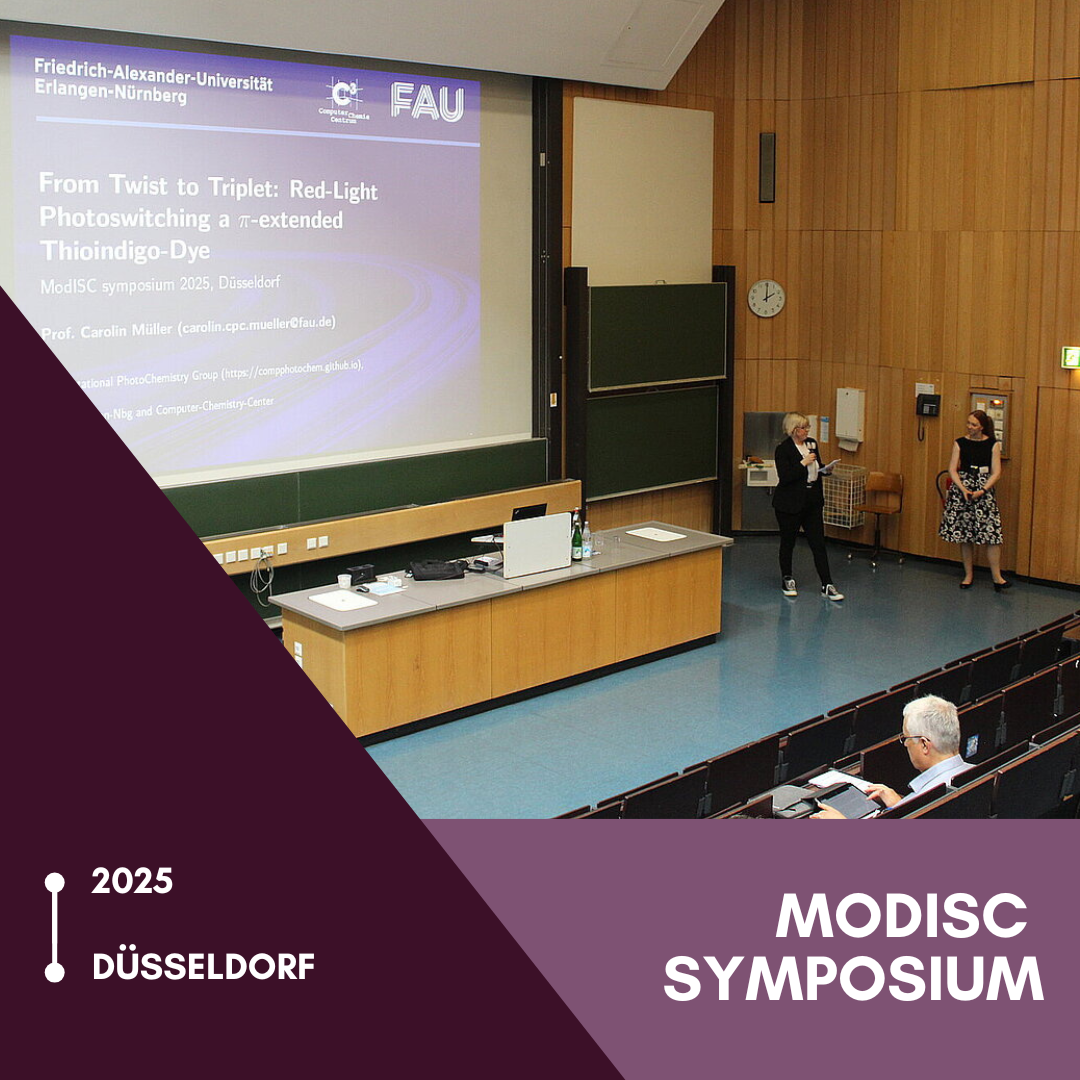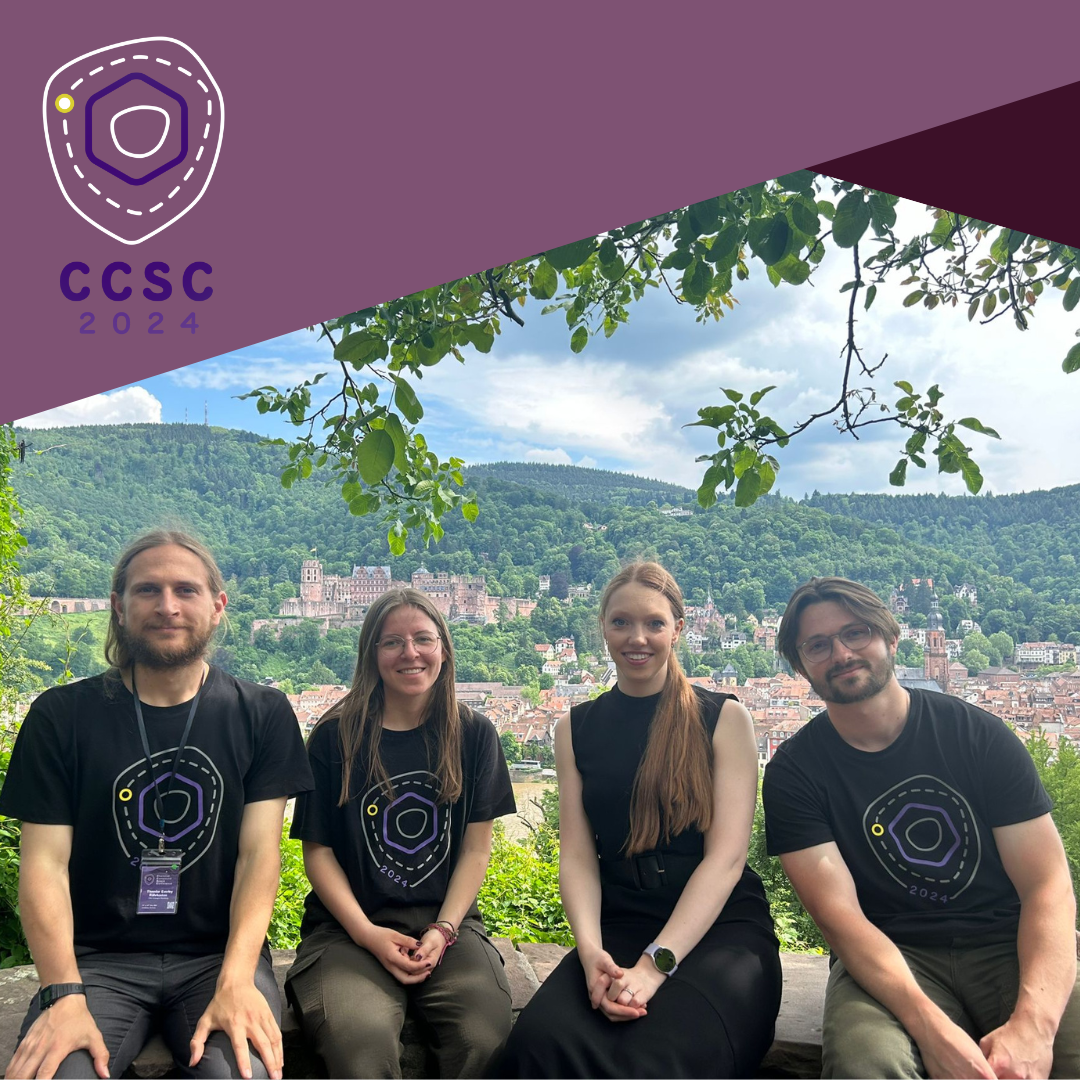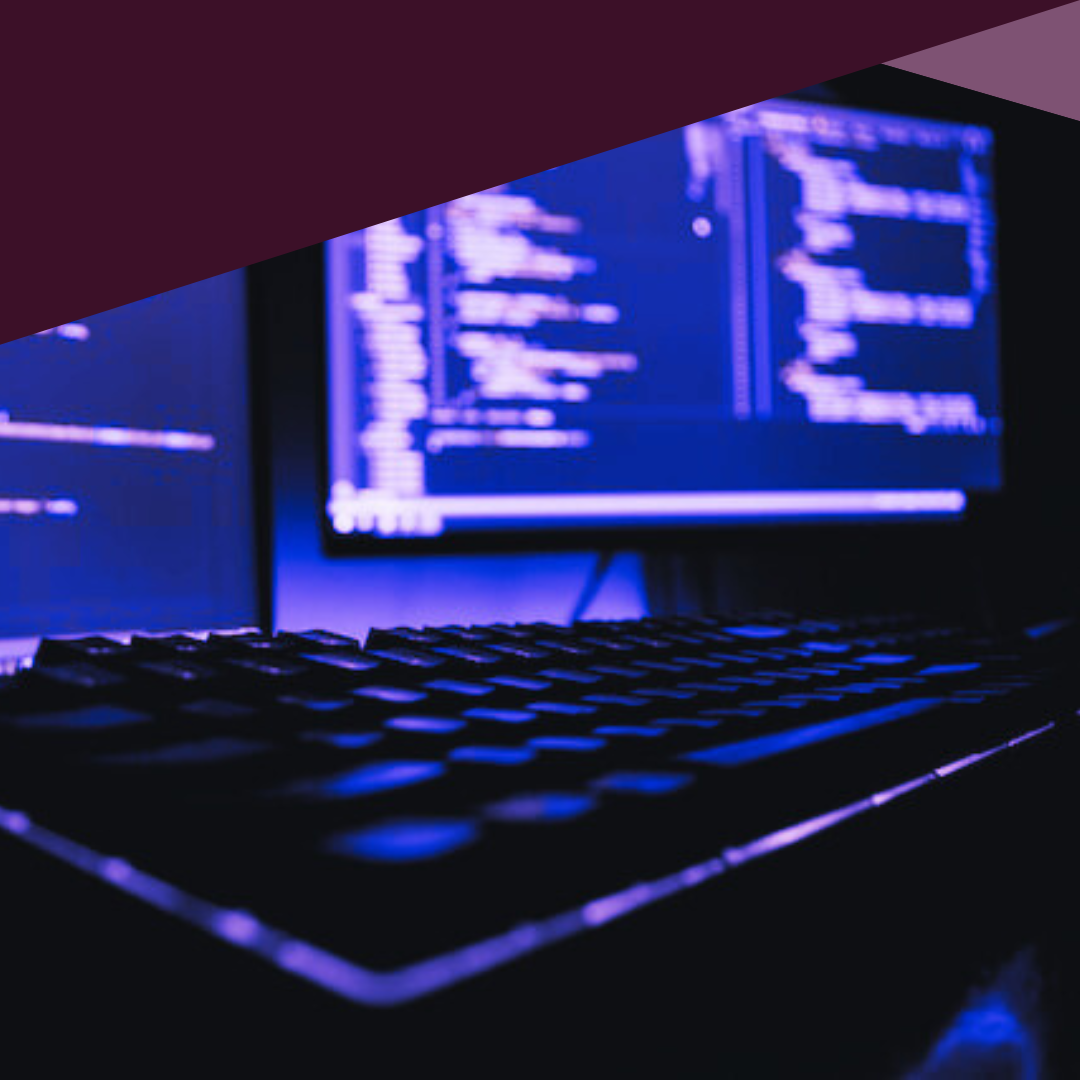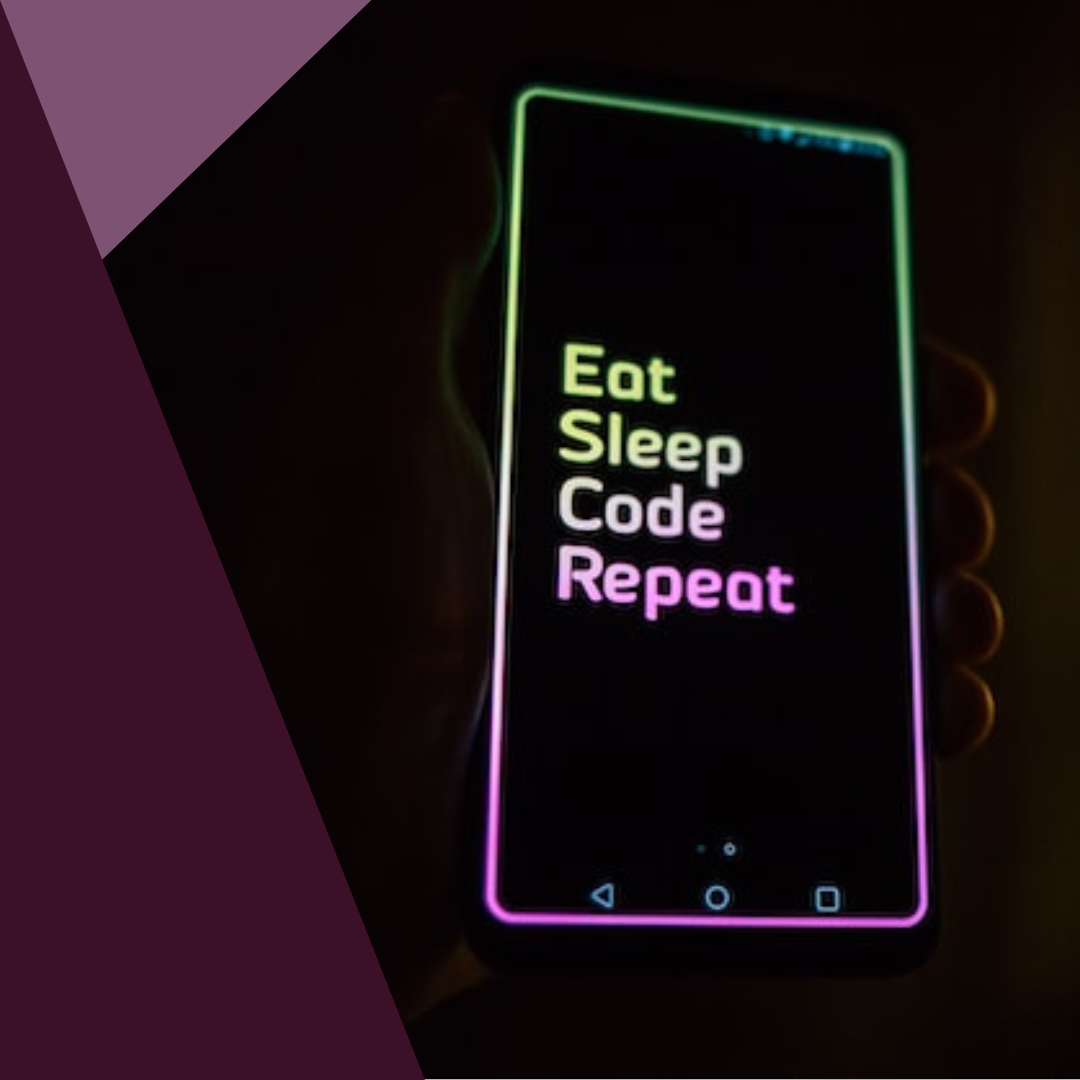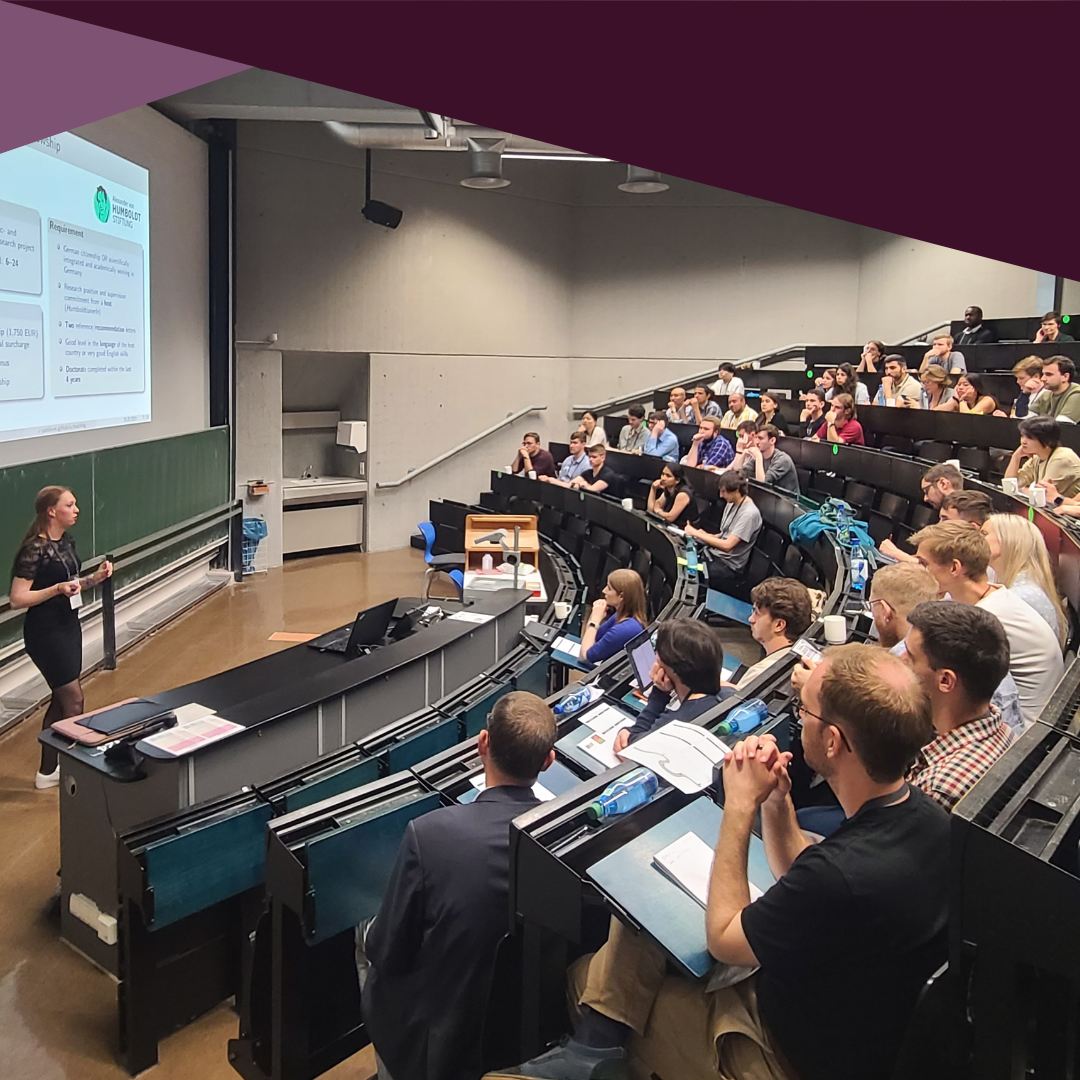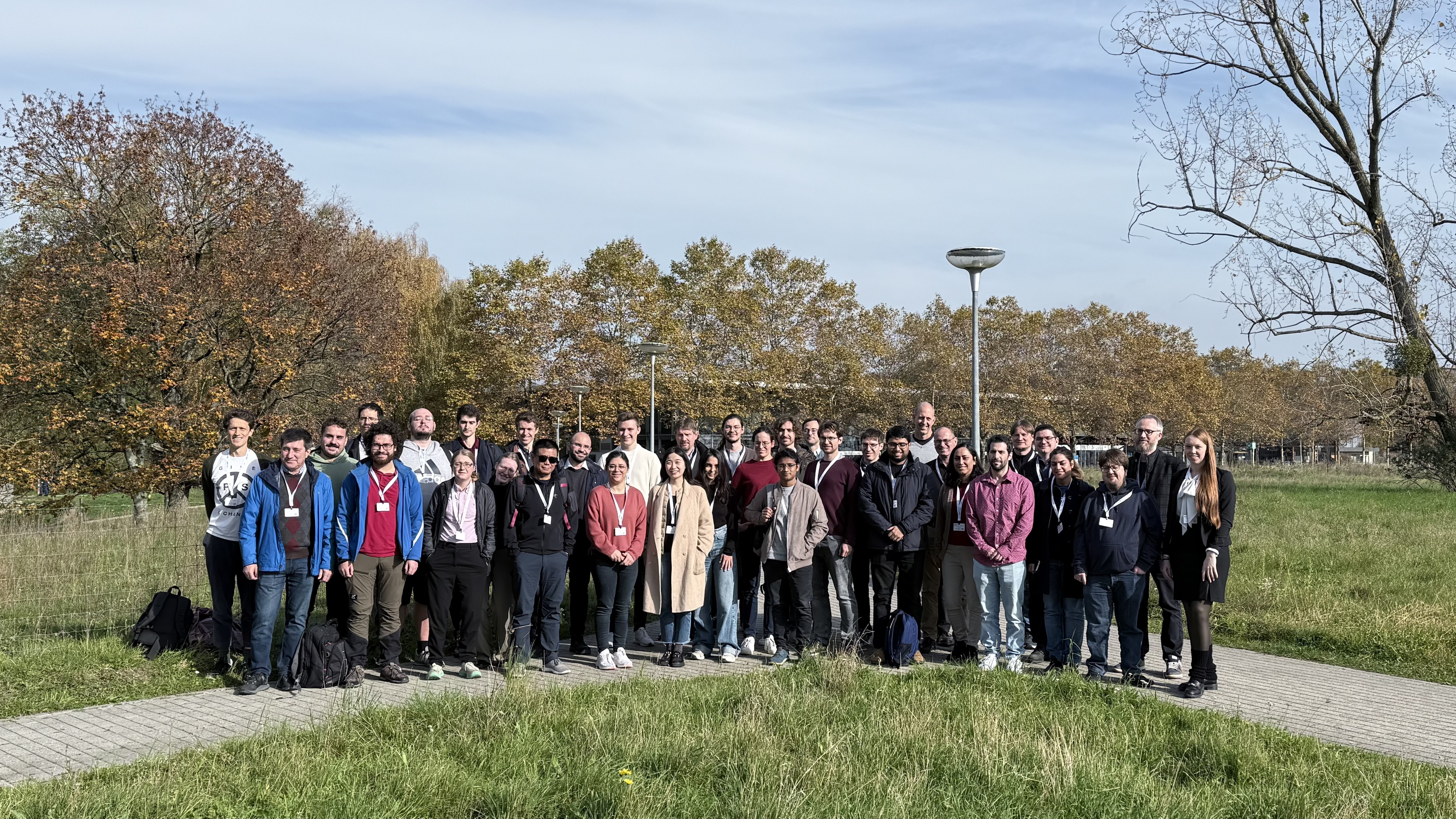26.07.2025 – SHNITSEL-data
SHNITSEL-data (Surface Hopping Nested Instances Training Set for Excited-state Learning) is an open-access dataset containing 418,870 high-accuracy ab initio data points for nine organic molecules. It includes quantum chemical properties in ground and electronically excited singlet and triplet states, such as energies, forces, dipole moments, nonadiabatic couplings, transition dipoles, and spin-orbit couplings. Generated with state-of-the-art methods, SHNITSEL-data supports the development of machine learning models for excited-state processes in photochemistry and photophysics.
Check out this collaborative work from the Julia Westermayr and our lab (Theodor Röhrkasten): Link to Open-Access Sci Data Article, Project Website
Further Information
